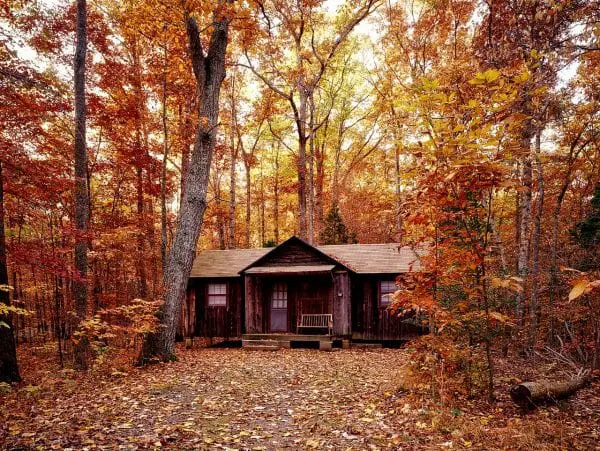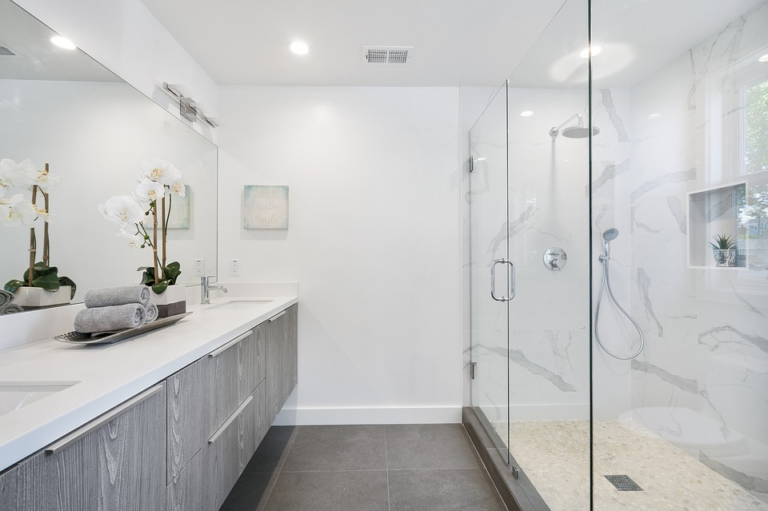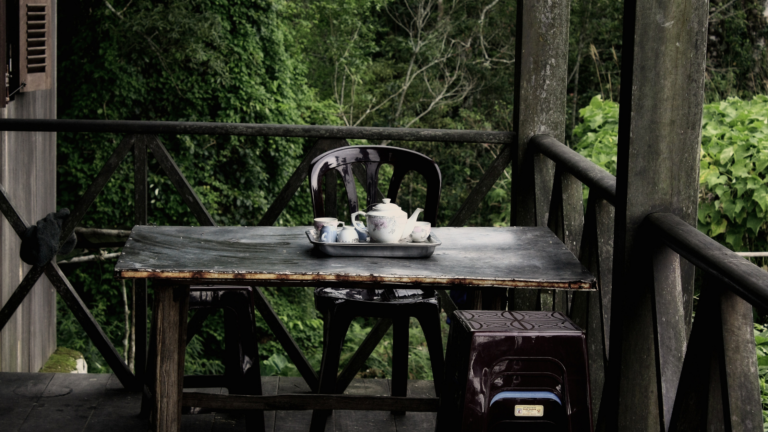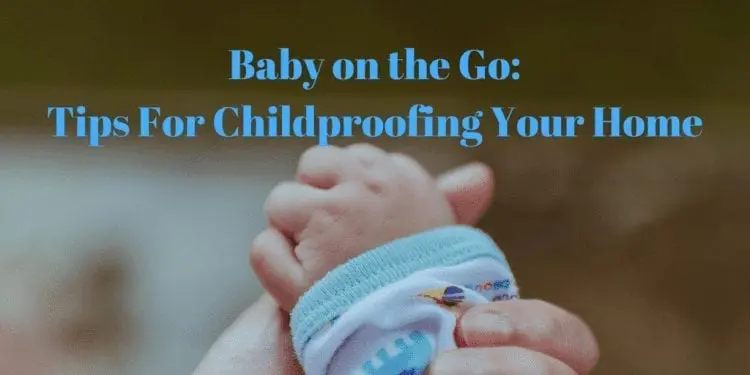Cutting Costly Cords: Understanding the Initial Costs of Off Grid Living

The concept of off-grid living appeals to plenty of us, but as you might imagine, it is not all plain sailing, and there are expenses to consider. Having some basic prepper skills would definitely help you cope with certain aspects of this lifestyle choice, as would having an understanding of the sort of initial financial costs that you will be facing when you first go off the grid.
Dealing with your power requirements
Whatever your view of what living off the grid actually means to you, from becoming a survivalist to simply wanting to live a healthier and simpler lifestyle, you are going to need to sort out a source of electricity.
The immediate response from many people who are considering an off-grid scenario is that solar power is going to be the most viable solution.
The good news is that the cost of solar panels has fallen by a substantial margin in the last few years or so, but even allowing for that, if you want a professional setup that gives you the sort of power options you would enjoy in a conventional home, you probably aren’t going to get much change out of around $35,000.
A 24-volt solar-powered system together with a backup generator should generate around 7 kWh. If you were still hooked up to the grid and running everything as normal, you would probably consume about 25 kWh, so you can instantly see that you are going to have to explore various solar generator options and maybe make some compromises on your energy consumption, even with a decent solar system hooked up.
Wind turbines are a cheaper option, with an estimated cost of about $12,000 to get you powered up, so it makes sense to consider this as a cost-effective and useful back to your solar-powered system.
You can’t do without water
Your off-grid dream isn’t going to last long at all without a reliable water source. You simply can’t underestimate the importance of having an efficient clean water system and sewage treatment system. Digging out a well and installing a septic tank is going to cost you in the ballpark of £12,000. You can get waterless composting toilets as an alternative, and there is also an option to use a greywater system, which treats your laundry, bath, and other household water that can be treated and reused.
Keeping warm
The last part of the equation, when it comes to primary resources, is heat. Having a reliable electricity supply and water on tap is great, but you also need to ensure that you have a way of keeping warm, too. The most obvious solution is to use wood as your source of heating, and you will also need to arrange the installation of a wood stove. A wood oven gives you options in terms of keeping warm and doing some cooking, and you can expect to spend somewhere in the region of $4,000 in your first year using this option.
There are many perceived benefits to living off the grid, but there are also costs attached, so it makes sense to know what lies ahead when you decide to give it a go.
By Conrad Novak. “I believe in the importance of preparing for problems before they become issues. I enjoy helping my family and loved ones to make our own preparations for disasters and emergencies and I constantly preach the benefits of being proactive and not expecting to rely on the government alone for assistance or other insurance policies. After such harsh experiences with economic downturns and natural disasters, I consider myself knowledgeable when it comes to food storage, home protection, family emergency planning, and other relevant topics.”
Similar Posts:
- None Found










I do think before moving and living off the grid, you should do plenty of research to prepare yourself. Great information, thanks for sharing!
Great survival tips! Living off-grid is so exciting but one must not forget the precautions. Thanks for sharing this. Looking forward to more helpful posts.
Good overview- some people don’t think of the costs involved to get setup with power, water and other basics. long term you save money but there are some start up costs.